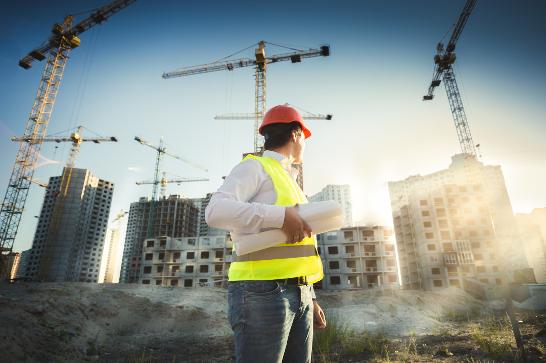WHAT IS BUILD TO RENT?
INFORMATION FOR DEVELOPERS AND PROPERTY INVESTORS
Already well established in the US (where it is known as ‘multi-family’) and Europe, just 10 years ago Build to Rent (BTR) was a niche topic at investment conferences and in boardrooms in the UK; now it is one of UK real estate’s most exciting asset classes.
The UK BTR sector is set to grow exponentially in value, rising from £9.6 billion in 2019 to a potential maturity of over £540 billion, providing homes for more than 1.7 million households.
We expect Australia to follow suit.
In fact, a 2021 report by EY* said that Institutional Build to Rent projects could contribute AU$7.3 billion in total economic output and boost Australia’s GDP by $2.9 billion and support 17,000-plus jobs as early as 2025.
EY says BTR could make up around five per cent of the residential rental pool within a decade. This would deliver more than 175,000 dwellings, $100 billion in value and create tens of thousands of jobs.
(*EY may refer to one or more of the member firms of Ernst & Young Global Limited)

Developers in both the UK and Australia have traditionally offered the BTS (Build to Sell) model for new residential projects.
That is offer the units for sale to individuals off-the-plan and on completion. These private buyers have then either move in, or offer the property on the rental market, usually through a traditional real estate agent.
Therefore, a building with a hundred units, may on completion, typically have around 40 self-occupied by the buyers, with 60 placed on the rental market through 60 different owners and a multiple of different estate agents.
BTR is claimed to be a way to provide steady income for investors and security of tenure and better conditions for renters.
The 2021 Census shows that there are around 2.5 million private renters in Australia. This represents around a third of all households.In addition, 54% of the population are either never married, separated or divorced. And couples without children account for 37% of all family groups.

And yet stand alone house still make up by far the vast majority of Australia’s housing. Even though many still believe that apartments have ‘flooded’ the market.
In fact, there are 6.7 million houses, and 1.3 million units, of which just 270,000 are defined as being “high rise”(above 9 storey).In people terms, 18.9 million live in houses, with another 1.21 in townhouses, while units and apartments currently account for 2.4 million.
In summary, these demographics indicate a growing need for more apartment style accommodation, not less.
Affordabilty issues of homes, tenants treated as second class citizens, a growing population, highly paid workforce, low unemployment, increasing migration, and a shortage of new private rental accomodation has created the perfect opportunity for Build to Rent projects to come to fruition, creating unprecendented opportunities for developers and institutional investors.
Build to Rent could present an viable alternative to home ownership for tenants and it’s a concept that global real estate funds, developers and superannuation funds are increasingly looking at in Australia.




